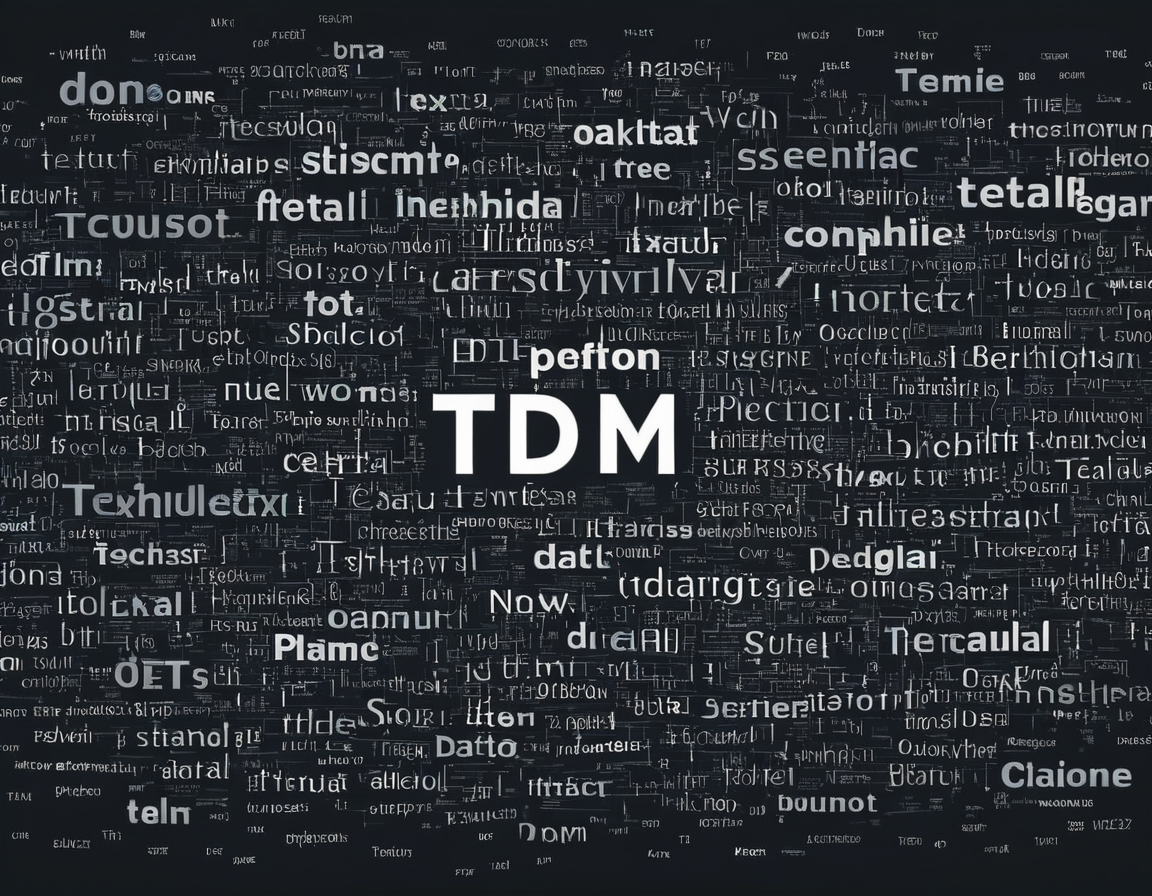TDM (Topic Modeling) is a technique used by data scientists to identify patterns within large volumes of unstructured textual data. It’s the first step towards understanding and making sense of this vast amount of information. But how exactly does it work? Let’s break it down.

The first step in TDM is identifying key themes and topics. This involves analyzing a corpus, or collection, of unstructured textual data to identify recurring words and phrases that are indicative of specific subjects or ideas. These recurring words and phrases become the building blocks for our topic models.
Learn more about the
To do this, we use natural language processing (NLP) techniques such as tokenization, stop word removal, stemming/lemmatization, and term frequency-inverse document frequency (TF-IDF). Tokenization involves breaking down text into individual words or tokens. Stop word removal is the process of removing common words like “the”, “and” or “is”. Stemming/Lemmatization reduces inflected words to their root form. TF-IDF measures how important a word is in a document and across all documents in our corpus.
Once we have these building blocks, we can start identifying key themes and topics within the data. There are several algorithms that can help us achieve this such as Latent Dirichlet Allocation (LDA) or Non-negative Matrix Factorization (NMF). These algorithms analyze the distribution of words across our corpus to identify clusters of related terms, which we then interpret as key themes and topics.
For example, if we were analyzing a collection of news articles about technology companies, some of the identified key themes might be “artificial intelligence”, “machine learning” or “blockchain”. These are broad subjects that encompass many specific topics such as “deep learning”, “natural language processing” and “cryptocurrency”.
Learn more about first
Once we have our list of key themes and topics, we can start to build our topic models. This involves creating a matrix where rows represent documents in the corpus and columns represent words or phrases. Each cell contains a value that represents how often that word appears in that document. We then use algorithms like LDA or NMF to identify clusters within this matrix, which correspond to key themes and topics.

In conclusion, TDM is an essential tool for making sense of large volumes of unstructured textual data. By identifying key themes and topics using natural language processing techniques and topic modeling algorithms, we can gain valuable insights into the underlying patterns in our data.
